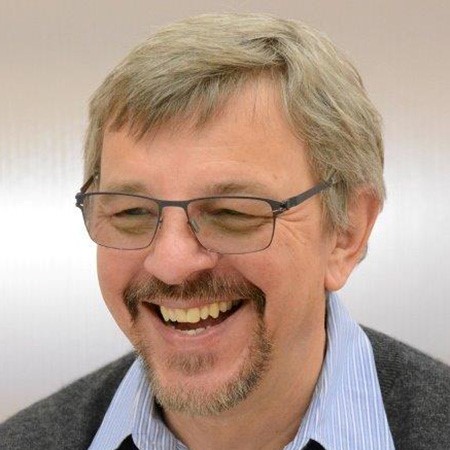
Presentation - Monday: 8:30 am – 9:15 am
Zlatko Sitar, North Carolina State University, United States
AlN—Dopant Incorporation and Activation by MOVPE
Zlatko Sitar is a Kobe Steel distinguished Professor of Materials Science and Engineering, Physics, and Electrical Engineering at NCSU. His research is concerned with bulk and thin film growth, characterization, property control, and device development in wide and extreme bandgap semiconductors. He has developed, patented, and commercialized a process for growth of AlN crystals and fabrication of wafers thereof. To complement the wafer technology, he has developed kinetically-controlled epitaxial growth processes on single crystalline AlN and GaN wafers, which are the basis for high-efficiency, UVC LEDs, LDs, and APDs, and next generation of high-voltage, high-power devices. Based on his research, he founded HexaTech, Inc., focusing on AlN wafer technology, and Adroit Materials, Inc., focusing on high-performance devices on native GaN and AlN substrates slated for DoD, DoE, and NASA applications. His research has resulted in 80+ Ph.D. theses and 400+ journal publications.